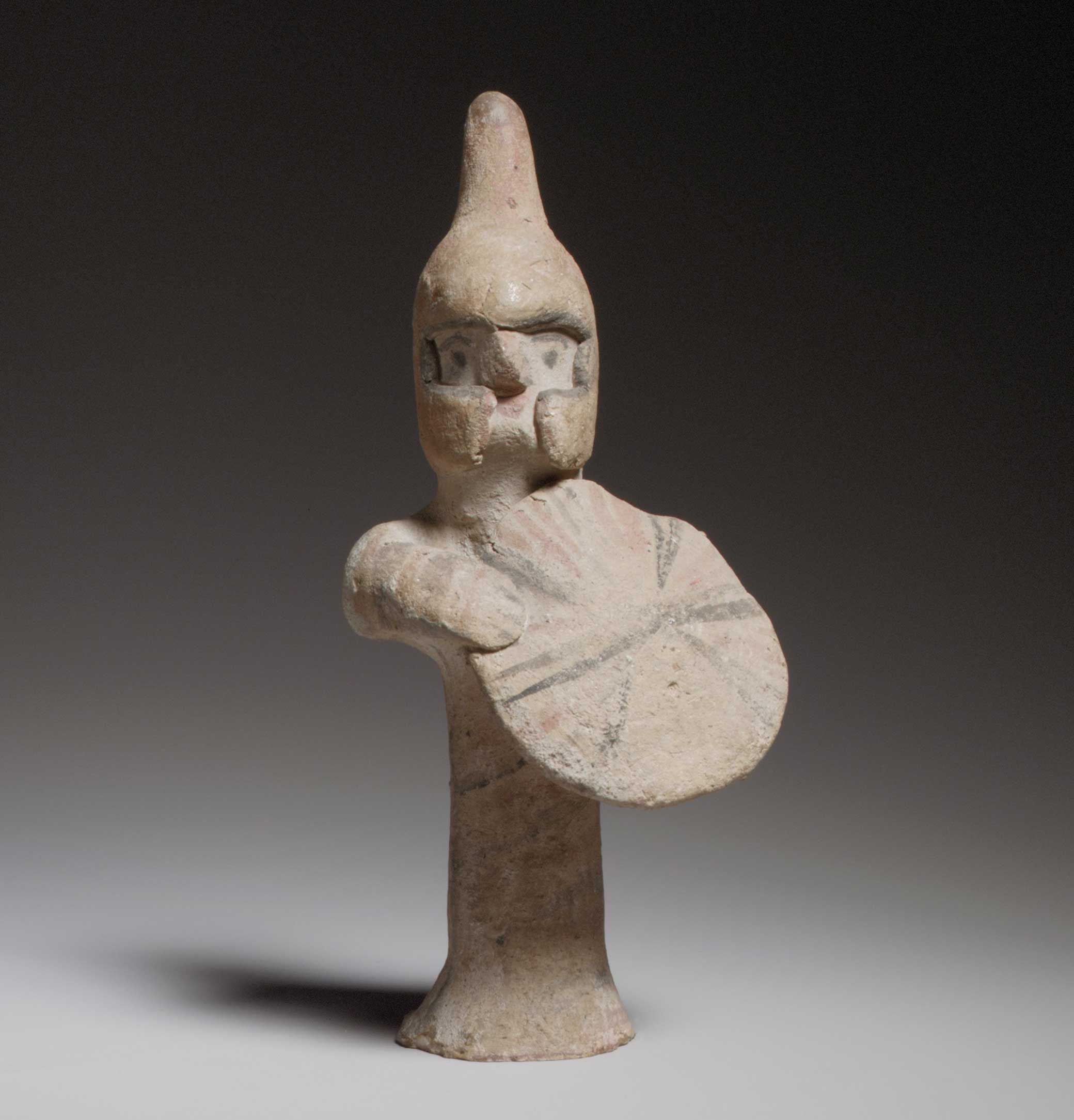
Shield bearer, Cyprus, c. 600 bc. The Metropolitan Museum of Art, Cesnola Collection, purchased by subscription, 1874–76.
• On North America’s lost crops—and the history of telling the history of American foodways. (The Atlantic)
• “Native people have lived in the Big Bend region for thousands of years. Who should claim their remains?” (The New Yorker)
• “Did JFK Really Eat the World’s Largest Tamale?” (Texas Monthly)
• On ancient Greek mercenaries: “Being a wage earner had some negative connotations—avarice, corruption, shifting allegiance, the downfall of civilized society. In this light, it is unsurprising if ancient authors would choose to embellish the Greeks for Greeks aspect of the battles, rather than admitting they had to pay for it.” (New York Times)
• John Oliver on museums: “If you are ever looking for a missing artifact, nine times out of ten, it is in the British Museum.” (Hyperallergic)
• Found: the sarcophagus of Ptah-em-wia. (The Guardian)
• Frantz Fanon in Algeria. (Africa Is a Country)
• Revisiting the work of Isaac Bashevis Singer: “In art, a truth which is boring is not true.” (The Nation)
• “Did a 1982 book predict America’s decline?” (Vox)
• The photography of Baldwin Lee. (Artforum)
• This week in obituaries: Loretta Lynn, Sacheen Littlefeather, Charles Fuller, Antonio Inoki, Maurice Kanbar, Biyi Bandele, Sue Dunkley, Hector Lopez, Eamonn McCabe, Jerzy Urban, Al Primo, Yusuf al-Qaradawi, Nick Holonyak Jr., Theo Richmond, Sam Webb, Tiffany Jackson, Audrey Evans, Kitten Natividad, John Marks, Robert Ferrante, and Dan Wieden.